Wood Siding Cost: How Much for Your Dream Facade
There are several options to look into when trying to freshen up the looks of your house. Maybe you’re seeking to sell your home, make it stand out, or just give it a quick makeover. A great alternative to bringing it back to its former glory or dramatically altering its image is by changing the facade. A very simple and non-invasive way to achieve this without much trouble is by adding exterior cladding or replacing the existing one.
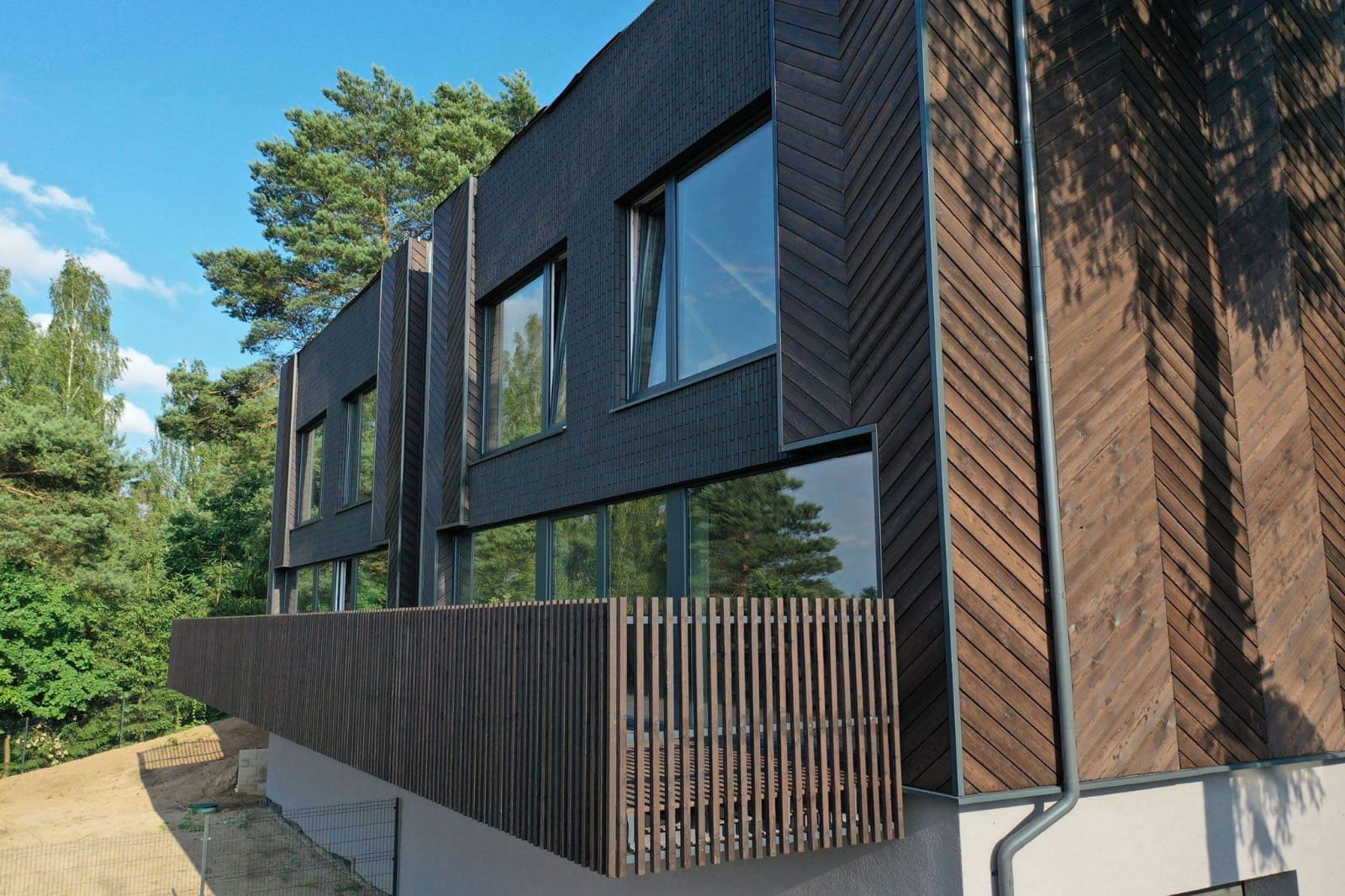
You might be asking, “What is cladding ?” The answer is simple. Think about it as the skin of your home. It’s the outermost layer of a building and its presentation card to the world. Cladding, also known as siding, is attached to the exterior walls and made with a wide variety of materials, such as natural stone, greenery, veneers, vinyl, metal, composite, PVC, brick, and different wood types. Its function is to protect the structure and interior of your house from the elements. It can also add some extra properties like insulation and noise blocking. Cladding is an excellent way of improving your facade’s appearance and increasing your property’s overall value.
- Average cost of wood siding
- Pine siding cost
- Spruce siding cost
- Larch siding cost
- Accoya siding cost
- Cedar siding cost
- Cypress siding cost
- Redwood siding cost
- Hardwood siding cost
- Douglas fir siding cost
- Engineered wood siding cost
- Masonite siding cost
- Composite siding cost
- Plywood siding cost
- Shou Sugi Ban siding cost
When trying to determine a good estimate of how much does house cladding cost, there are some factors you should always keep in mind:
- Design
A standard wood cladding option will always be a lot more cost-effective than adding siding to an intricate architectonic style. Most online estimates are based on a more conventional cube-like construction type. If your project requires more elaborate patterns or has a more modern layout, it might end up being more costly.
- Material

As mentioned before, with the ever-evolving technologies to improve facade cladding, there’s a growing offer of materials that you can use to protect your home exterior. Depending on their origin, composition, availability, and durability, some might be more expensive than others.
- Installation
When modifying your facade, many companies might charge extra for removing existing cladding which was not originally installed by them. Also, depending on the material of choice for your new siding and the design requirements, some contractors may add extra fees based on the tools, time, and effort required for installation.
- Maintenance
A well-kept siding will save you from having to repair, remove, or reinstall it regularly. The maintenance cost of your cladding is something you should budget since the beginning. This way, it’s easier for you to stay on top of it as time goes by. Although initially pricier, high-quality siding requires less maintenance and will prove to be more affordable in the long run.
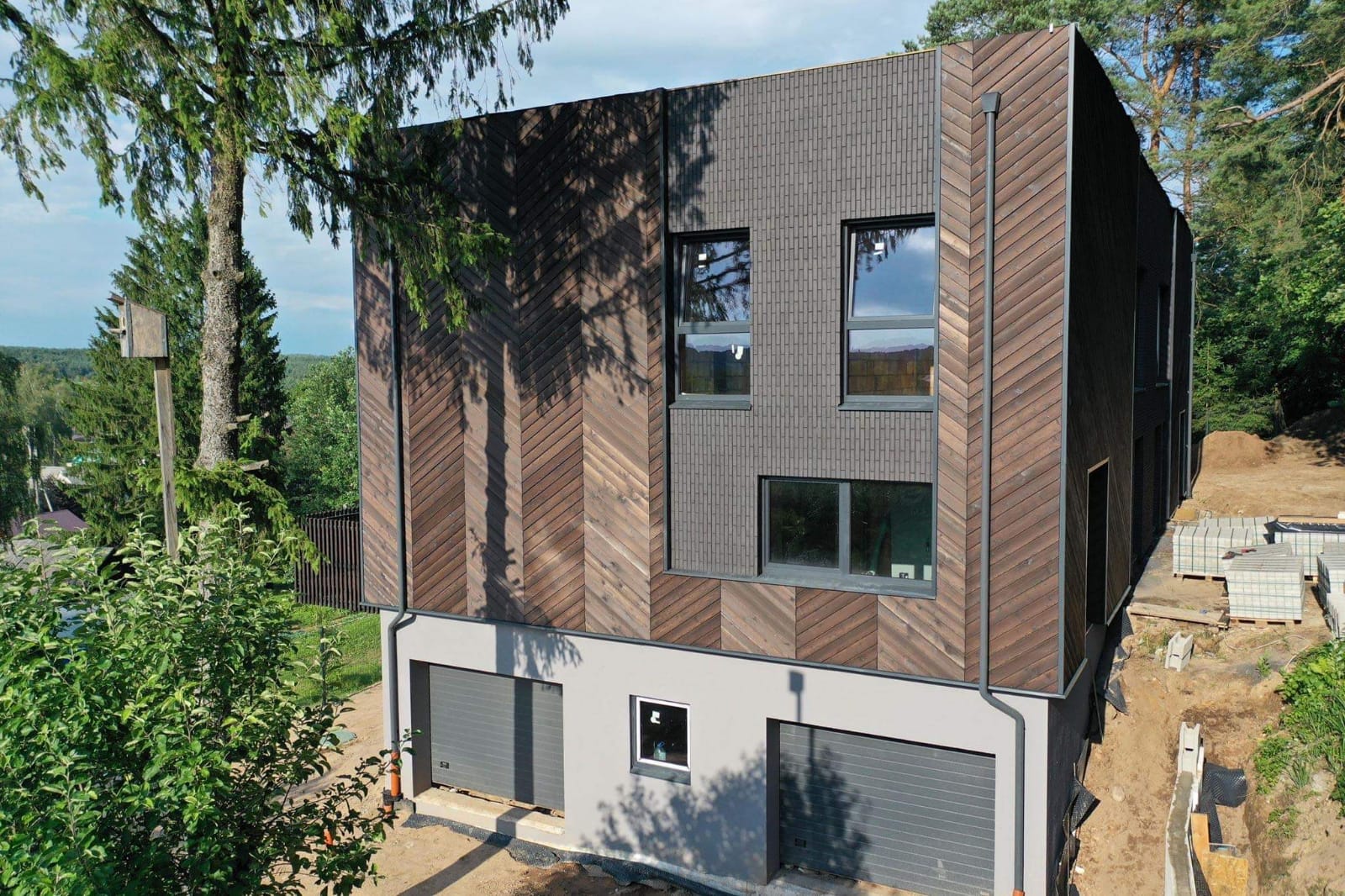
Average Cost of Wood Siding
There are cladding options for every taste and budget. However, one of the most popular is, without a doubt, wood siding. It’s one of the earliest materials to have ever been used in construction, and like a good classic, it never goes out of style. Nowadays, wood cladding installation offers a wide range of techniques, fitting the most traditional and rustic looks, very high-end patterns and designs, and everything in between. Wood’s versatility and quality have positioned it as one of the preferred materials for architects and homeowners worldwide.
As of 2020, the price of wood cladding per square meter can range from $35 to $170. That makes an average total of between $75,000 and $250,000 for a medium-sized home. Of course, the cost of wood siding per square foot also varies from one contractor to another. It usually depends on the type of timber you pick, the installation layout, and the treatment you give to it. For example, wood lap siding cost won’t be the same as a more elaborate design. To determine how much does wood siding cost for your specific project, it’s best to contact a professional directly. It’s always easier when an expert evaluates your plans to give you a closer approximation.

Costs by Type of Wood
Timber is definitely one of the highest-quality materials available. Still, some lumber types might be a better option for you depending on your location, the predominant weather in your area, humidity, UV exposure, and several other factors. Considering all lumbers are treated differently to achieve the desired results and increase their durability, wood cladding costs can also vary significantly from one type to another. Here’s a wood siding cost comparison to help you make an informed decision.
If you aren’t familiar with the most common types of wood for siding, make sure to read our complete list where we discuss different wood options, their pros, and cons.
Pine Siding Cost
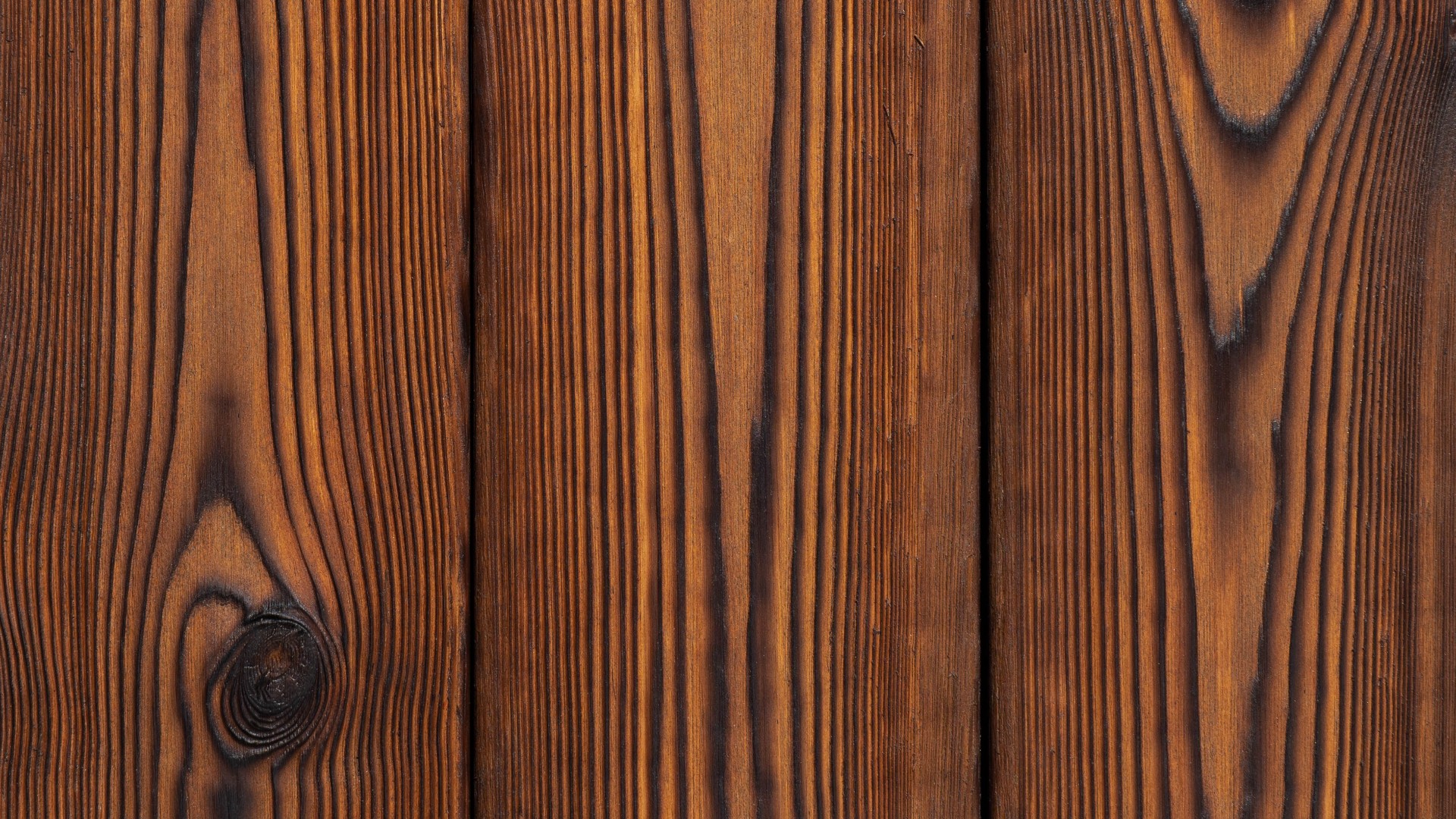
One of the most affordable natural woods out there is pinewood. Because of its high availability and variety of species, pine is often used in exterior and interior design solutions from coast to coast. If you’re on a tight budget, pine is a terrific alternative for your walls and decks since it can cost as little as $11 per square meter.
Spruce Siding Cost
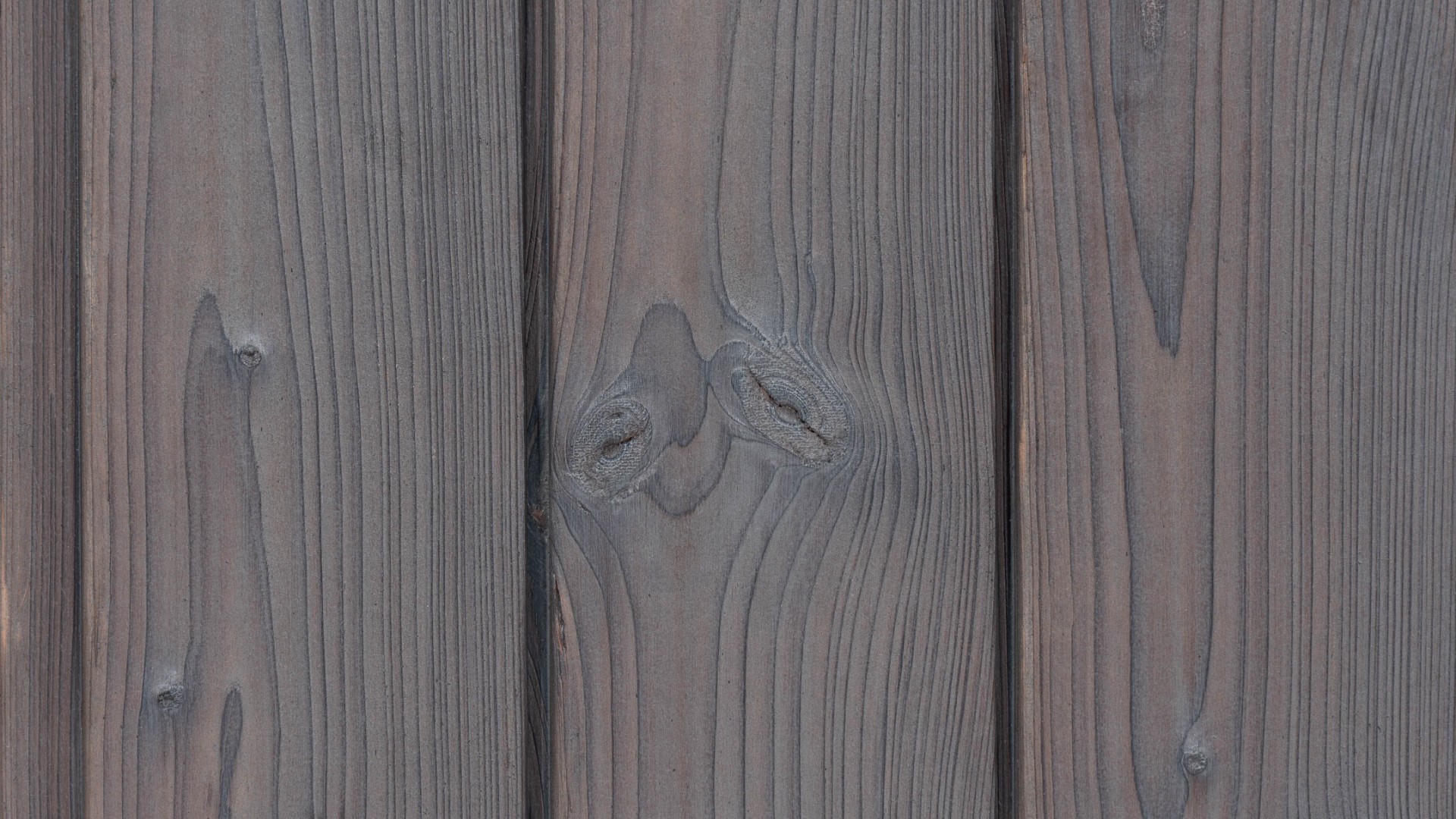
This highly texturized timber is one of the less durable options when in regular contact with the exterior elements. Spruce is a straight-grained timber, commonly known for its notable resin canals. Although moderately hard, we can’t recommend untreated spruce for exterior use. The price of siding using this medium density wood can vary anywhere between $24 and $36.
Larch Siding Cost
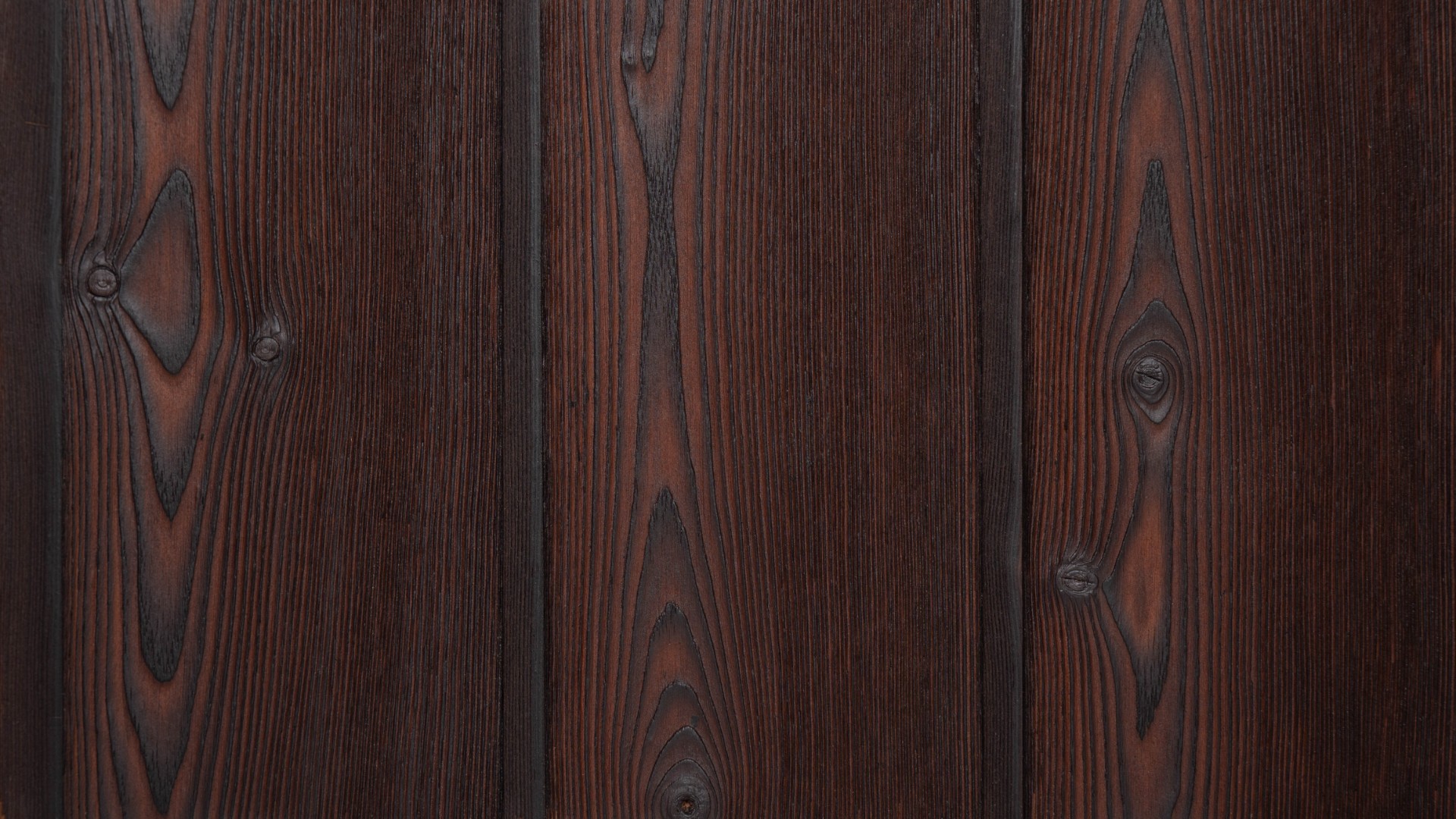
This knot-free wood is very popular in the exterior cladding world. It’s very long-lasting and resistant to moisture, which also makes it perfect for building decks. It has a beautiful golden color, which makes it very attractive for all sorts of projects. Larch is safe to install in its natural state without the constant fear of fast deterioration. Nevertheless, high-quality timber like this is not likely to be budget-friendly. Larch can cost up to $150 per square meter. However, it usually costs approximately between $36 and $55.
Accoya Siding Cost

To put it in simple words, Accoya is a type of “pickled” pinewood. It goes through a process known as acetylation, which uses acetic anhydride to make it more stable and protect it from the elements. It’s sustainably harvested and processed, which makes it an environmentally-friendly choice. Accoya doesn’t swell a lot, which makes it more durable than natural woods. The cost of this treated timber goes from $122.
Cedar Siding Cost
Perfect for a natural look, cedar is one of the people’s favorites for facade cladding. This timber is highly resistant to rotting and has many varieties that can suit your aesthetic vision. Cedar is suitable for staining, which can provide a unique look to your project. Prices for the most commonly used types of this popular wood are set between $32 and $108.

Cypress Siding Cost
When looking for thicker woods, cypress is one of the most common alternatives out there. It’s rings grow pretty close together, which makes it extremely resistant and energy-efficient. This type of wood features high density and doesn’t shrink over time. It’s more durable than cedar and pine, although it’s understandably a bit more expensive. Cypress costs range from $22 to $65 per square meter.
Redwood Siding Cost
This premium timber is naturally insect, water, and decay-resistant thanks to its exceptionally high tannin concentration. It’s one of the most durable types of wood out there. Redwood is perfect for exterior cladding because it’s highly unyielding to moisture. However, it falls on the pricier side of the scale at $43 to $151 per square meter.
Hardwood Siding Cost
As stated by its name, hardwood is a very sturdy and reliable material. It’s pretty immune to decay and insects. Due to its thick nature, it can pretty much only be installed using the wood lap or rainscreen installation techniques. This high-density timber needs extra airflow between the wall and the siding to prevent humidity problems. Hardwood cladding can cost as little as $43 and reach up to $162.
Douglas Fir Siding Cost
This type of pinewood, originally from Oregon, is a very durable softwood. It can last up to 60 years when properly treated and varnished. As it naturally degrades over time, its looks keep on evolving during its lifespan. However, without an adequate finish to protect it, Douglas fir is prone to decay and fungal infections. This natural wood siding cost varies from $22 to $65.

Engineered Wood Siding Cost
This man-made wood includes any type of processed timber that binds together boards, fibers, or recycled wood waste with adhesive for a specific purpose. The most popular type of mass-produced timber is laminated wood. One of the most significant advantages of this product is that it can be practically custom-made to fit your siding needs, and it can be pretty economical as well. Engineered wood cladding cost fluctuates between $12 and $18.
Masonite Siding Cost
Imported from England, Masonite is a patented hardboard made from pressure-molded wood chips, that are turned into fibers by cooking them with steam. It’s also known by other names, including IsoRel and Quartboard. This type of engineered timber has several uses because of how stable and flexible it is. However, it tends to swell and rot when exposed to the elements for prolonged periods. Masonite cladding prices start at $16.
Composite Siding Cost
For a reliable and heavy material for your cladding projects, composite is a great option. It’s a blend of different kinds of recycled woods and plastic, held together by a binding material. Its structure makes it sturdy and durable, so it’s perfect for exterior works. Composite wood house siding cost ranges from $32 to $75 per square meter.
Plywood Siding Cost
This manufactured timber is composed of a set of thin wood veneers arranged in a technique called cross-graining, which consists of rotating each panel by 90 degrees. The way it’s produced makes it resistant, stiff, and less prone to splitting when nailed at the edges. Plywood cladding prices per square meter vary between $16 and $38 depending on how many layers it has and the cross-graining quality.

Shou Sugi Ban Siding Cost
An ancient technique for wood siding that has gained massive popularity in modern architecture is the Japanese Shou Sugi Ban or Yakisugi. Its name literally translates to “burnt cedar plank.” Surprising as it might sound, it uses fire to preserve the timber. The science behind it is quite simple. When burning, porous woods have a chemical reaction that changes their molecular structure. These modifications render wood pretty much waterproof by shrinking its pores and making it almost impossible for the end result to sip in any humidity.
The process might seem quite counterintuitive when you’re unfamiliar with it, but it gives the best results when you’re looking for a durable lumber cladding that will protect you for the elements and vermin. The boards are scorched in a chimney-like structure or manually with a propane torch until achieving the desired texture and color. Once ready, the planks are cooled down, cleaned, brushed, and finished with a coat of oil or varnish.
When charring the wood, a thick carbon residue is left behind, which serves as a protective layer that erodes over time and protects the integrity of the timber’s surface. The most amazing part is that this soot layer also makes Shou Sugi Ban siding fire-resistant, given it’s almost impossible to rekindle wood that’s already burnt.
Yakisugi is very simple to maintain. All you have to do is clean the dirt and build-up off with a hard bristle brush and apply a natural orange oil coat every 10 to 15 years. If professionally and promptly done, you’ll have a magazine-cover-worthy siding for up to 100 years. That’s the secret behind the longevity of those world-famous, beautiful 18th-century Japanese black buildings.
Aside from being beautiful and durable, Shou Sugi Ban is also an eco-friendly solution to your cladding needs. Being a natural element, sustainably sourced, and not treated with harsh chemicals, Yakisugi is fully recyclable if you ever decide to replace it.

Choose the Best
This centenary method is pretty much artisan work, and its the best facade cladding option at the moment. That’s why the average charred wood siding cost is variable. At Degmeda, we offer the highest quality Shou Sugi Ban wood to use for your cladding, flooring, decking, and fencing projects. In our catalog, you will find only the best wood for Shou Sugi Ban, including Accoya, larch, pine, spruce, and the traditional cedar. We also provide wood charring services and worldwide shipping.
Visit our products catalog and contact our team for inquiries on thermally modified wood cladding cost and get a special offer.